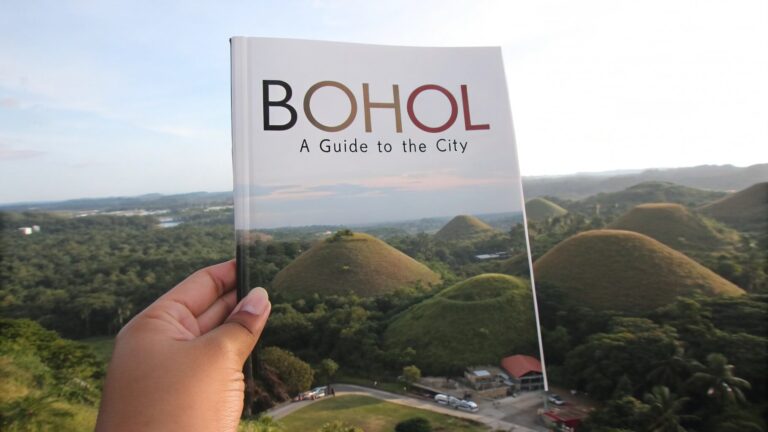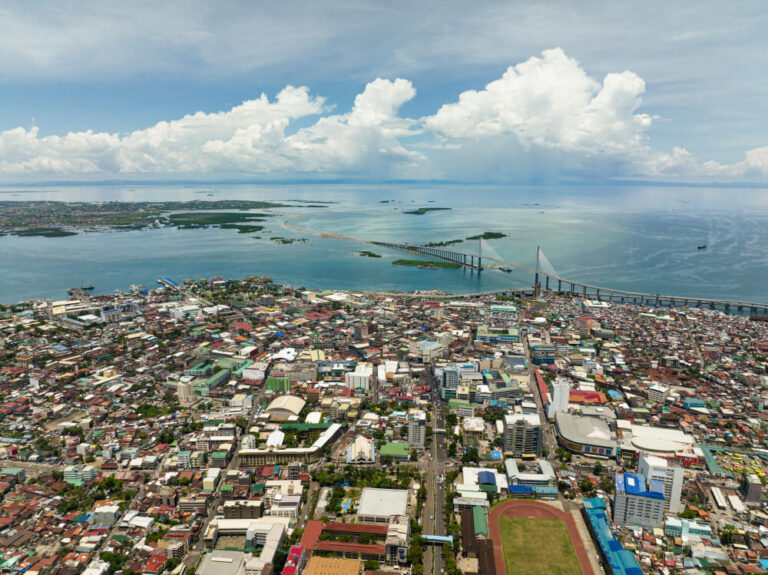Pinto Art Museum: Location, History, and Travel Guide
Nestled in the hills of Antipolo City, the Pinto Art Museum is a vibrant testament to Philippine contemporary art, featuring a diverse collection that reflects the country’s rich cultural tapestry. This guide will take you on an insightful journey through the museum’s history, and its remarkable showcases, and provide you with essential tips for your visit.
History of Pinto Art Museum
The Pinto Art Museum was founded by Filipino neurologist and passionate art collector Dr. Joven Cuanang in 2010. The museum began as a private collection of artworks and has evolved into a public space that presents a vast range of contemporary art, including paintings, sculptures, and installations by notable Filipino artists. Set against the lush backdrop of Antipolo’s natural landscape, the museum is designed to harmonize with its environment, offering an inspiring and contemplative space for visitors.
Travel Guide
How to Get There
- By Car: From Metro Manila, take the Marikina-Infanta Highway and follow the signs leading to the Pinto Art Museum. It’s a 45-minute drive.
- By Public Transport: Board an Antipolo-bound jeepney or van from Cubao, alight at Ynares Center, and take a tricycle to the museum.
Best Time to Visit
The museum is open from Tuesday to Sunday, 10:00 AM to 6:00 PM. It’s best to visit during weekdays to avoid large crowds, allowing a more serene experience as you explore the exhibits at your leisure.
Google Map
Frequently Asked Questions
1. What are the entrance fees for Pinto Art Museum?
The entrance fee is typically around PHP 250 for adults and lower rates for students and senior citizens. However, prices may change, so it’s best to check their official website or contact them directly for the latest fees.
2. Is photography allowed inside the Pinto Art Museum?
Yes, photography is allowed for personal use, but flash photography and tripods are prohibited to preserve the artwork.
3. Are guided tours available at the Pinto Art Museum?
Guided tours may be available for larger groups upon request. It’s recommended to contact the museum in advance to arrange these tours.
4. Is the museum accessible to people with disabilities?
The museum has ramps and pathways that cater to people with disabilities, although some areas may be challenging due to the natural terrain the museum is set on.
5. Can visitors purchase artworks from the museum?
Some artworks in the museum are available for sale. Inquiries can be made at the museum’s reception or through their official communication channels.
For more exciting places to visit in the Philippines, check out Festive Pinoy.


